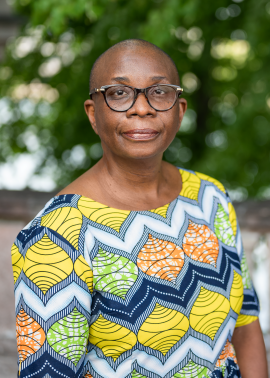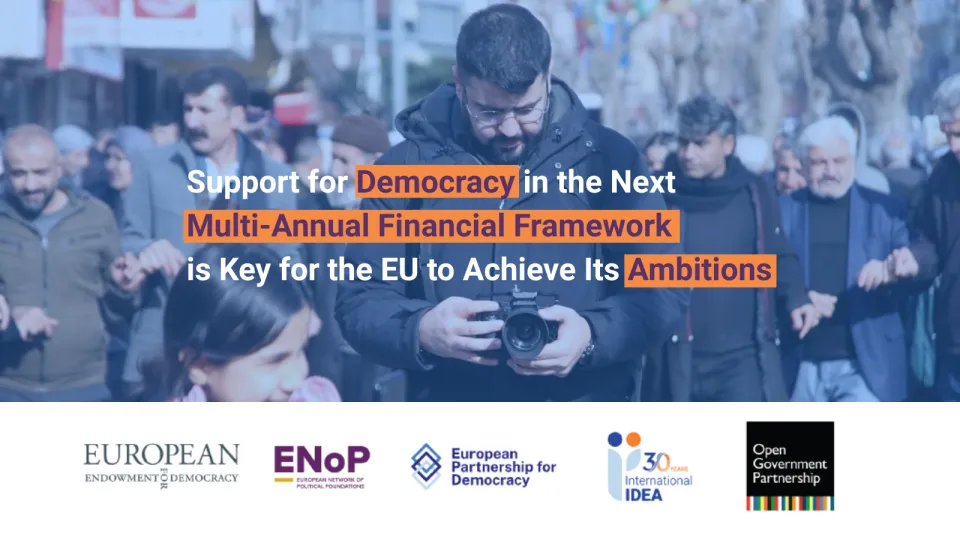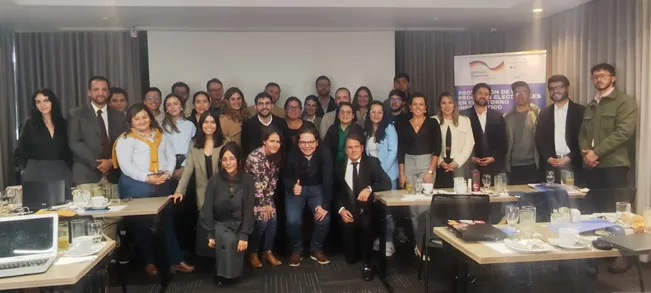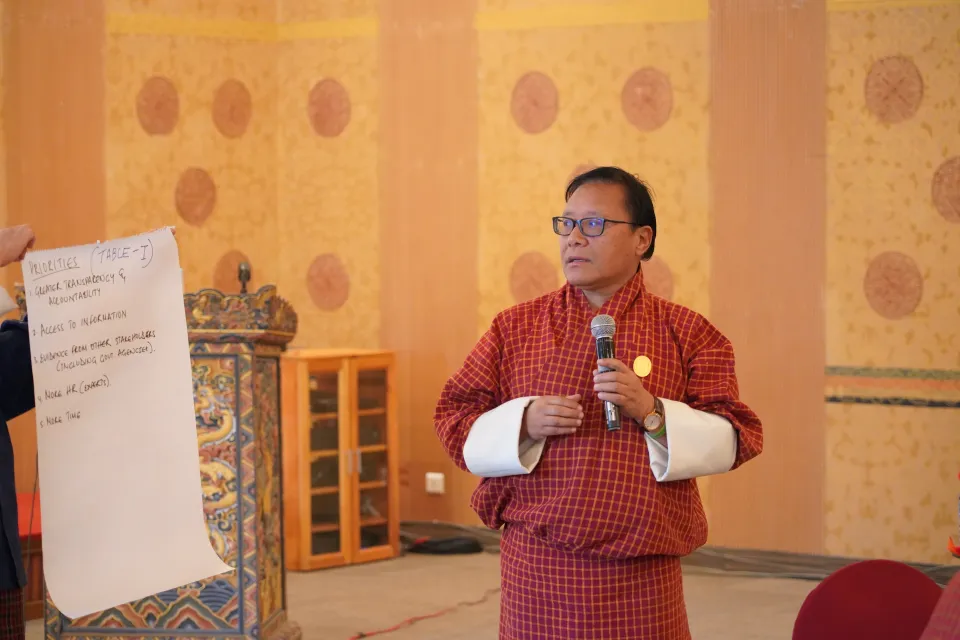SDG 5 - what does it mean for women and girls across the world?
The landmark adoption of the Sustainable Development Goals (SDGs) in September 2015 attests to the increasing global consensus that achieving gender equality and empowering all women and girls (SDG 5) is intrinsic to the holistic development of participatory and representative democracy of each country and the world at large. The SDGs articulation of a specific goal to achieve gender equality and empower all women and girls builds upon the Millennium Development Goals and comprehensive frameworks such as the Convention on the Elimination of all forms of Discrimination Against Women (CEDAW 1979) and the Beijing Declaration and Platform of Action (1985).
Globally, it is evident is that there is no shortage of internationally agreed upon instruments, national laws and declarations on gender equality goals, yet gender inequalities still persist in all countries. While some progress has been made towards increasing women’s and girls’ equality in education, employment and political representation over the last two decades many gaps remain, particularly in the areas that were not addressed in the MDGs. When it comes to political representation only one in five members of parliament are women.
Hence, SDG 5 and its targets set out the requisite collective action to create conducive environments towards substantive equality for all women and girls. In order to take on the challenge of translating SDG 5 into reality for women and girls across the world, it is fundamental to address the key areas of gender inequality, such as gender-based discrimination in law and in practice, violence against women and girls and women’s unequal participation and representation in private and public decision-making.
For instance in order to attain the SDG 5 target of ensuring women’s full and effective participation and equal opportunities for leadership, measures are needed to challenge the persistent gender inequalities inside political parties and society in general. Implementing gender-responsive measures within political parties’ constitutions, internal rules and regulations on processes to identify, nominate and select candidates for leadership positions are essential to achieve the SDG 5 targets.
The issue is not whether women are able to take an active role in development and democracy building, but rather how women’s participation can be translated into critical influence and decision making in democracy building processes. It is equally important to uncover how women perform visible and instrumental roles in democracy building such as through their membership in political parties and as voters in elections, yet their participation is not matched with their representation and involvement in political leadership and decision making at all levels.
Ultimately, it is critical to ensure that the gains made at the global level, through frameworks such as the SDGs, are institutionalized at national and local levels and translate into transformative changes in women and girls’ status and position in society. Drawing from the global experiences and momentum that informed the articulation of SDG 5, the different capacities of women, men, national governments, international agencies, the media, social and political movements and gender equality advocates must be harnessed to achieve the set targets.




